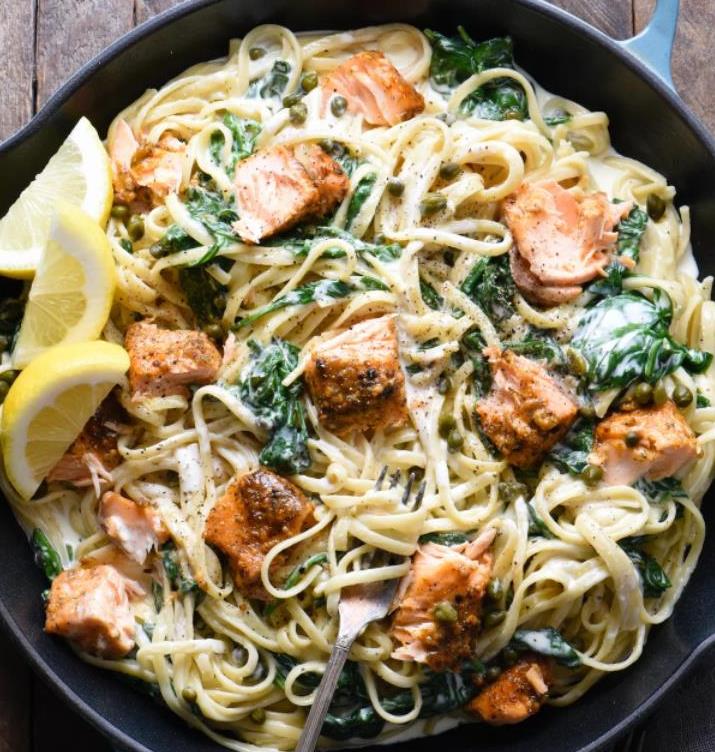The nationwide COVID lockdown has forced many to learn how to cook at home to save food bills and to discover new ways to stretch the household budget with nutritious and filling foods.
One of the most fascinating things to have happened since our country has been locked down, is the evolution of the family meal.
Throughout March, April and May, when most of us were stuck at home fearing to venture outside, many families were scouring YouTube videos to learn how to make breads, cakes, desserts and foods that were cheap to feed the entire household.
Forced to look for new tasty recipes to keep the family from getting bored,
I have heard many stories of children driving their parents crazy to cook something different. When we were stuck at home, was your household filled with moans of “Not again” or “Can we have something else for dinner tonight?”.
A lack of time was no longer an excuse not learn new recipes or become a proficient home gardener during the nationwide curfew – COVID-19 had suddenly given everyone a reason to learn how to cook something different.
It was common to see Facebook users proclaim they had baked their first loaf of bread, or learnt to make Chinese dumplings, donuts and chutney.
But one of the unexpected discoveries, or re-discoveries, for the Fijian family was pasta and noodles – cheap carbohydrates that require just an accompanying sauce or soup to transform into a meal.
Pasta, noodles and dumplings are also one of my greatest food weaknesses.
Whether it’s a bowl of hot Asian soup noodles with wontons, chow mein noodles, a pan-tossed Italian ravioli, gnocchi or spaghetti dish with virgin olive oil, butter and garlic – they are all hard for me to resist.
My heritage has obviously had an enormous influence, as noodles and dumplings are considered symbolic foods that represent long life (because noodles are long in shape) and prosperity (dumplings look like the ancient gold ingots) in Chinese culture.
They are as much a part of a Chinese birthday celebration as a birthday cake with lit candles. But my love of Italian pasta dishes is a much more of a romantic one that has stuck with me into adulthood.
As a young boy I vividly remember an Italian family – and their beautiful daughter – who lived down the street.
The smells that used to waft from their home have been forever imprinted into my brain and the slightest smell of a pot of passata – ripened garden tomatoes, fresh basil, garlic and onions – always takes me back to that time and my first Italian romance!
Who invented pasta first –the chinese or italians?
Pasta is one of the world’s most affordable foods and can come in the form of long (spaghetti, fettucine, angel hair), short (penne, macaroni, rigatoni) and dumplings (ravioli, gnocchi, tortellini).
Nearly every country has its own unique version of this popular, inexpensive staple. In Germany and Hungary they have spaetzle. In Greeze, orzo.
In Poland, they enjoy pocket-like pierogi. Every Asian country has a different pasta dish including the Chinese la mian, lo mien, jiaozi dumplings; and Japanese ramen and gyoza dumplings.
And in America, pasta is prepared and served similarly to the way it is found in Italy– with the exception of the all-American spaghetti and meatballs, and macaroni and cheese.
While pasta is traditionally an Italian food, the 2005 archeological discovery of a 4000 year-old bowl of noodles in China has finally put an age-old argument to rest; it was the Chinese!
Fijian pasta dishes
Since we opened KANU in Martintar, two new pasta dishes have evolved using local flavours that have become instant hits.
One is the breadfruit gnocchi, the other is a palusami linguini. Gnocchi is a starchy dumpling traditionally made with potato but has been adapted in Fiji to use with kumala, dalo, cassava, vudi and breadfruit.
Gnocchi is best tossed either butter or virgin coconut oil with garlic, herbs, tomatoes along with your favorite meat, seafood or vegetables.
The palusami linguini was a surprise dish that when paired with grilled fish or pork, combines the best of Pacific Island flavours.
The next time you have lovo-cooked palusami leftover, save some to pan toss with your favourite pasta or noodles, leafy green vegetables, nuts and more fresh coconut milk.
It is a wonderful way to enjoy a filling meal of noodles with the familiar flavours of rourou and coconut.
For the same reasons that the ancient Chinese and Italians introduced noodles and pasta dishes to their people, they should also be a part of Fijian cuisine.
Pasta dishes are cheap, easy to store, very filling and fast to make. Our abundant fresh produce including tomatoes, local mushrooms and coconut milk, and combined with the sauce recipes of curries, lolo and chop suey make for an interesting combination of European cuisine with local ingredients and flavours.
- Lance Seeto is the chef/owner of Nadi’s premiere fusion gastropub, Kanu Restaurant.



